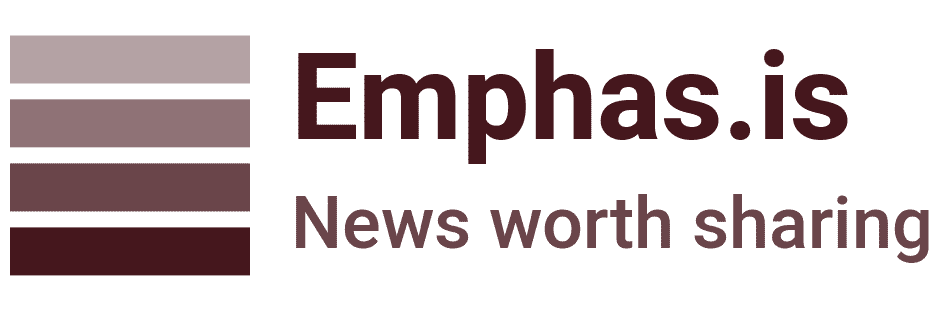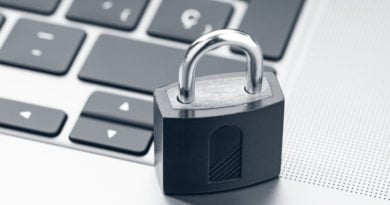What Are the Five Phases of the NIST Cybersecurity Framework?
Reducing the risk of cyber attacks in your business is essential to protect your data and private information.
The National Institute of Standards and Technology (NIST) Cybersecurity Framework is designed to help internal and external communications among businesses manage and reduce cybersecurity risks.
Any size business can use the NIST Cybersecurity Framework to assess their level of risk and use preventative measures to reduce and deter cyberattacks from hindering their business.
With the world changing and becoming less secure due to the higher level of cyberattack threats, it is essential that businesses stay on top of their cybersecurity management. Thus, focusing on their risk threat and introducing NIST can tighten security and ensure that the right frameworks are in place.
NIST has five phases for its Cybersecurity Framework to educate businesses and provide them with a thorough investigation into their cybersecurity framework. The five phases are as follows.
Phase 1: Identify
The identify phase of the NIST Cybersecurity Framework is to assess a business’s threat level and risk. This step detects current risks as well as existing digital assets, which both contribute to how established and protective the business’s security system is. During this phase, a business can understand the importance of cyber risks and how essential it is to tighten security to protect data and information.
Phase 2: Protect
The second phase of NIST is protection. This is a crucial step to define the essential safeguards to protect a business’s data and information. When the functions and risks are identified, they can prioritize them and take the necessary action to prevent them. During phase two, a company can take all measures possible to minimize cybersecurity incidents and threats.
Phase 3: Detect
Once a business has identified and protected its assets, it can use phase three to install preventative measures that will detect future risks. During this step, the cybersecurity functions will consistently measure and assess risks and abnormal activity in order to prevent cyberattacks.
Phase 4: Respond
Phase four of the NIST framework is to respond. Responding will help a business mitigate the impact or accommodate for it. When a company has introduced the relevant cybersecurity measures, they will be able to respond in the most preventative way possible, which will heighten the security of their business.
Phase 5: Recover
The fifth and final phase of the NIST framework is to recover. Should a business experience a cyberattack, this phase will introduce a strategic plan to restore data and information. Anything that was tampered with or damaged during the cybersecurity issue will be able to be recovered and restored so that a company can maintain its data and protect it at all costs. The recovery stage will improve a business and ensure that future implications can be prevented.
Introducing these five phases to your business will tighten security and help to reduce or mitigate cybersecurity issues. To make sure everything is in order with your business’s cybersecurity, get in touch with NIST professionals for the management of your cybersecurity framework.




